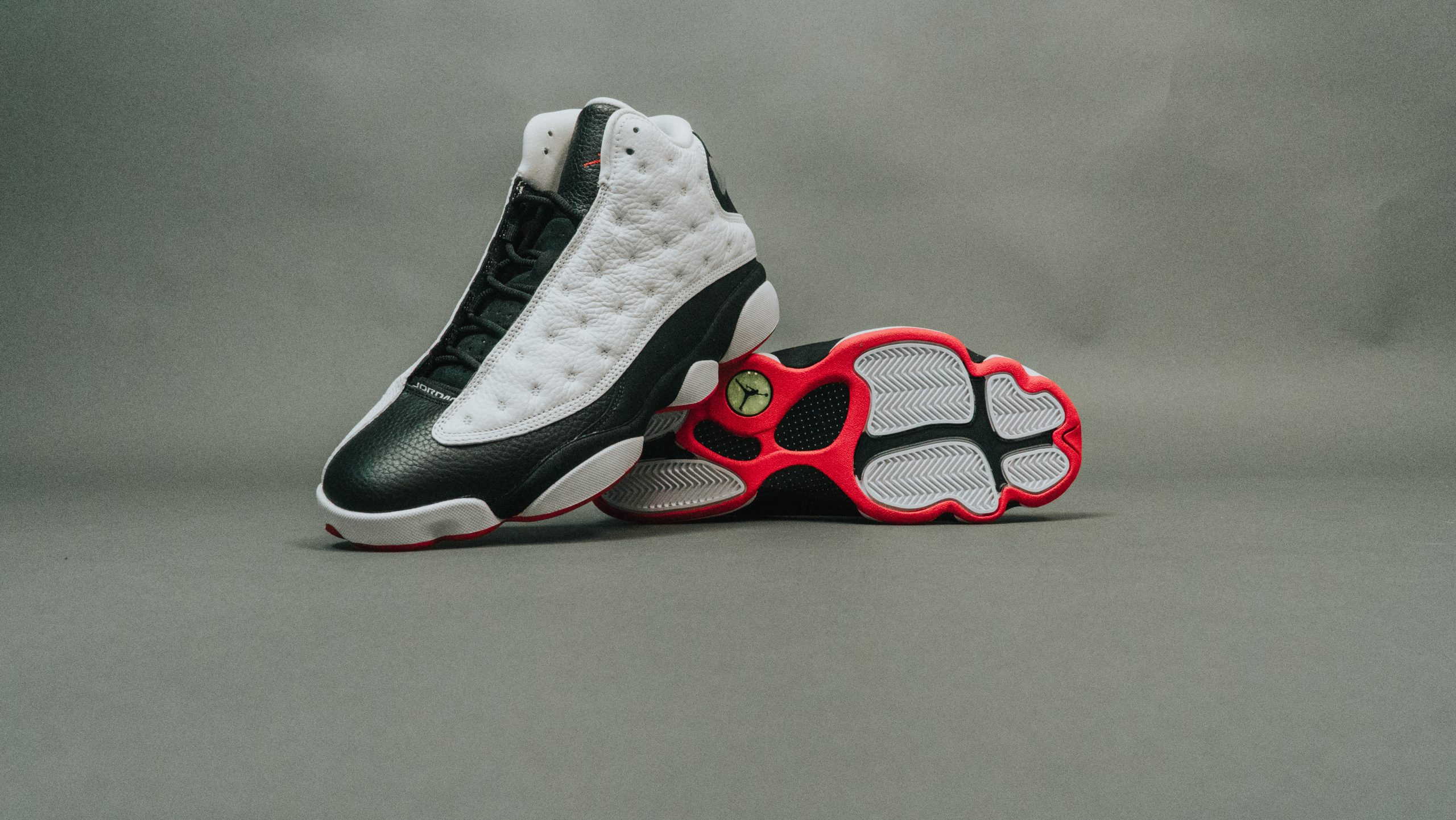
The humble sneaker is as much a part of basketball folklore as the players on the court. What adorns those players’ feet becomes part of pop culture – making them the art of the streets and the style by which many define themselves.
Given that sneakers are so important to basketball (and have inspired our work with basketball hoops on numerous occasions), it’s only fitting to recognize their accomplishments.
This is the history of the sneakers that defined decades of play.
The year was 1876 when an English business called New Liverpool Rubber Company released the world’s first rubber-soled shoe. In truth, this shoe looked nothing like the sneakers we know today. They looked more like plimsolls, and we were accordingly popular as beachwear and, occasionally, for tennis games.
But a mold had been created – rubber had entered the game.
As the decades wore on, more manufacturers started embracing rubber in their shoes.
Enter Converse.
In 1917, they released the All-Star shoe, the first sneaker dedicated to basketball. It has the rubber sole that the New Liverpool Rubber Company had innovated but offered more support for a player’s ankles and more flexibility on the court.
The All-Star was a success, but it became a booming success in 1920 when Converse teamed up with legendary player Chuck Taylor to put his name on the shoe. Thus, you see the first of many instances of players being the power behind the success of a sneaker. Taylor traveled around the country, teaching the fundamentals of basketball in high schools while espousing the virtues of his “non-skid” shoes.
The relationship between basketball and sneakers was born, and in the ensuing decades, that relationship would only grow stronger.
Converse, particularly its “All-Star” line, set the standard for sneakers in basketball for several decades after their release. Sure, there were contenders to the throne. Walt Clyde Frazier with his Puma Clyde sneakers was one of them. Frazier’s shoe took the 1970s by storm, becoming the most popular sneaker of the era, but it didn’t have the longevity of the All-Star.
Around the same time that people were going crazy for Puma, a little-known (at the time) company called Nike was starting to make waves. In 1972, it released the Nike Bruin, following that up in 1978 with The Blazer. Both combined leather and suede, offering players even more flexibility on the court, but neither caught fire like Nike hoped they would.
The 1980s rolled around, and with that decade came a skinny young player who was set to take the world by storm – Michael Jordan. Nike saw Jordan’s potential, perhaps before anybody else but the most astute of scouts, and signed him to a contract in 1982. Two years later, the Air Jordan 1 hit store shelves. Emblazoned with the iconic “Jumpman” logo – Jordan flying through the air as he makes a dunk – the sneaker actually had a rocky road to the NBA. It was initially banned because it didn’t contain enough white, with Nike later remixing the design into what we know today.
The Air Jordan line blew up.
Nike became the biggest hitter in basketball, overshadowing Converse as it released more sneakers. The Air Max range followed, but Air Jordans were (and still are) the big name for so many.
With Nike’s sneakers still setting the standard in the NBA into the early 2000s, a young producer and rapping prodigy would lay the foundations for his shoes to take center stage. During this period, Kanye West was emerging as the lead producer at Roc-A-Fella Records, and by the time the 2010s rolled around, he was an icon in the rap game.
Ye quickly became as much of a style icon as he was a rapping one, releasing several sneakers under the Yeezy line. Collaborations with major manufacturers followed, including the creation of the Air Yeezy (along with Nike) in 2009. The Air Yeezy 2 followed in 2012, though the collaboration came to an end in 2014, but Ye kept ticking.
The Yeezy Boost line combines the look of a basketball sneaker with the street style Ye made his own, and 2020’s Yeezy Quantum made a splash on the performance basketball side of the spectrum.
Yeezy’s may not have had quite the same cultural impact as the All-Star or Air Jordan ranges, but many see them as the present and future of basketball style (if not play).
Just as certain players define eras in basketball, so do certain sneakers: The All-Star, Air Jordans. They’re names that are as familiar to people outside of basketball as they are to those entrenched in the game. These sneakers, along with so much of what makes the game great, are what inspire Hoop Dream Studios to pursue its own artistic passions.You can see that in our Manifest Greatness Hoop, which reimagines the famous “Manifest Destiny” painting of Michael Jordan, bringing a touch of the iconic dunking imagery of Air Jordans to your hoop. If you’d like to learn more about that hoop or see the latest additions to the Hoop Dream Studios range, you can check it (and many more) out in our collection.